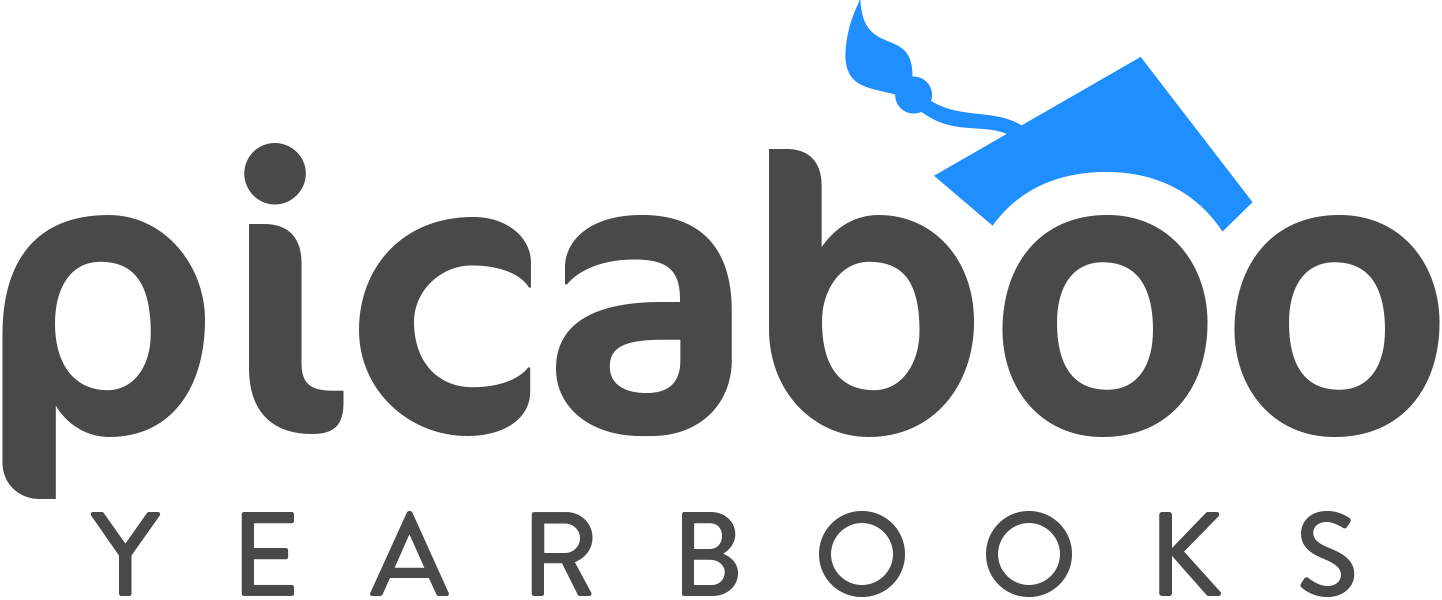Back to Basics – Headline Treatment & Copywriting
By Nicole Hammond, Professional Development Trainer
The photos are looking great! We have pages to show all of the special events that happened this year. But, 10 years from now…
Will we remember everyone’s name?
Will we remember what we were doing and why?
We’ve captured the memories and now we need to EXPLAIN them! But how do we do that?
The yearbook staff writes the story of the year and they need to share it through attention-grabbing headlines, carefully written articles and informative captions. These stories start with:
The LEAD
The lead always answers the who, what, when, where, why and how. It shares all of the critical information and then leads the reader to examine the rest of the story to fill in the details.
The News Story
The most popular form of news articles is the Inverted Pyramid.
But yearbook staff often find that the L-Q-T-Q style lends itself well to the feature style writing in books.
The Headline
After writing the article, it’s time for the headline. And, while this is the shortest part of the story package, it’s definitely not the easiest to write! The headline grabs the reader’s attention and sets up what will be learned in the story. It’s the first thing you read, but the last thing you write. And, in professional publications, the headline writer is not the article writer.
The headline formula is deceptively simple. The rules are many, but these are the top 3:
Use the present tense (with rare exceptions).
Use strong, active verbs that add punch to your headlines. And, avoid using the passive voice.
Avoid using forms of the verb “to be” unless they are essential to the meaning of the headline.
This headline formula will help with the daunting task of writing:
SUBJECT (May be understood) + Verb + Object = Headline
Take a look through your local newspaper, online news source or magazines and notice how the headline, lead and story all work together.
Then, try for yourself!


